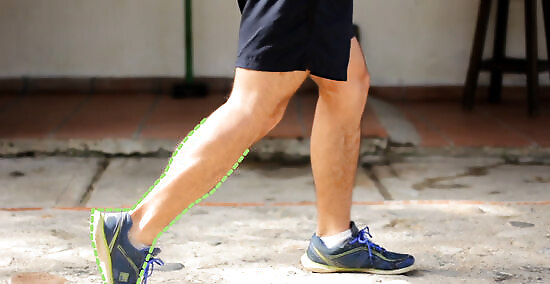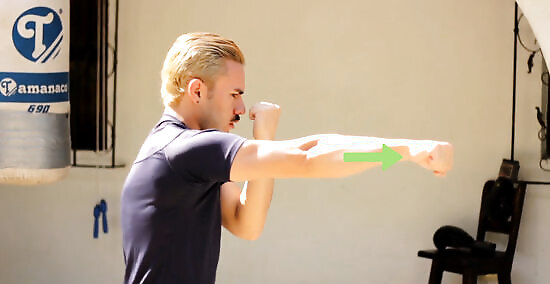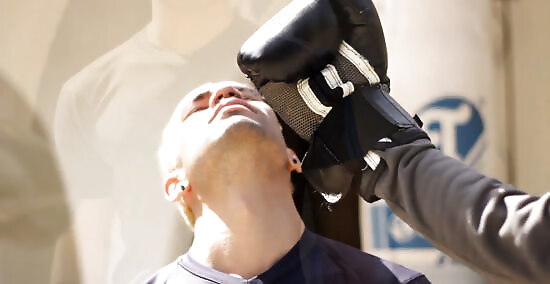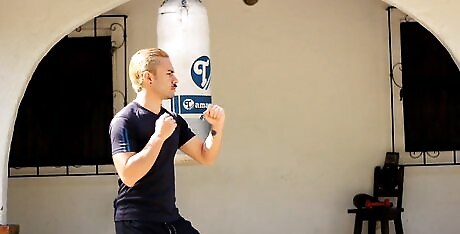
views
Master the Punching Technique

Master the technique in order to punch harder. Do you see golfers hitting insane tee shots with bad technique? Do you see Major Leaguers hitting towering home runs with bad technique? Do you see swimmers carving through water at breakneck speeds with bad technique? We didn't think so either. The right punching technique will not only make your punches harder; it will make them more efficient, meaning less energy gets packed into a bigger punch you will have to practice.

Get your feet and legs in the right position. Your feet and legs are the anchors of your weight. They keep you balanced, but allow you to transfer power from your lower body to your upper body, right through to your fist. Here are some quick tips for you to consider when using your feet and legs. Place your feet a little wider than shoulder-width apart. When in doubt, place them apart a little further. Lift your back foot heel up, and keep it lifted. Don't be "flat" footed. Point your toes in the direction of your punch. Pointing your feet away from your target will deliver a less forceful punch. Keep your knees bent. When you punch, your knees can then extend, giving your punch extra power.

Move your hips and torso to generate power. Try it - hitting an object without moving your hips or your torso. It's not a very strong punch, is it? Now try moving your hips and torso when you punch. It's at least twice as forceful as the first punch, right? Think about it: professional golfers, tennis players, and baseball players all use their hips and torso to generate extra power. There's no reason why you shouldn't, too. Use your hips to swing your torso back. Think of it like cocking a gun. Then unload by reversing your hip movement, swinging your torso towards the target.

Make sure you exhale before you punch. Breathing out, or exhaling, will help loosen your muscles right before contact. If you're having trouble exhaling before you punch, make a noise as you punch. Martial artists do this all the time to ensure that they've exhaled.

Lean your head over slightly, tuck your chin, and look at your target while punching. You lean slightly and tuck your head so that your head is out of the way from counterattack; keeping it still would just make it easier to target. Keep your target in sight to direct your hand to punch. This is a natural guiding method for your hand.

Streamline your arm and fist. Aside from the power you generate from your hips, proper arm and fist technique is the most important part of a successful punch. Here are some tips you can use to make sure you're getting the most out of your arm and fist. Keep both your arm and fist relaxed until immediately before contact. As you feel contact with the opponent, tighten your fist. A relaxed fist will travel better through the air, but a tight fist will deliver more of a punch. Punch straight with your arm, not with an arc. You might be tempted to trace a long arc with your punch, but don't: Remember that your power comes from your hips and torso, not from the path of the arm. Don't cock back your hand or arm. This is called "telegraphing," or showing the opponent what you're going to be doing before you do it.

Aim where it hurts the most. If you're going to aim, it's best to aim for the right places — places where you'll inflict the most damage: Chin Temple Solar plexus Ribs

Learn some fighting techniques from other disciplines. Boxing and martial arts are good to help make yourself move faster and be more flexible and stronger.
Strengthen Your Muscles

One way to increase punching strength is to use a heavy punching bag. Not so heavy that you have no more knuckles after your workout, but not so light that you blast the bag away with your first strike. It's one of those "Goldilocks And The Three Bears” situations: not too much, not too little, just right.

When you have obtained your bag, begin training on it. Use the tips outlined above about how to improve your technique, and practice them on the punching bag. Remember to really put your hips into each punch.

Start incorporating small dumbbell weights into your punching routine. Don't use dumbbells that are challenging for you to lift. Start with 5 or 10 lbs., or perhaps 15 lbs. if you lift weights regularly.

Practice jabbing the air with the dumbbells. Punching with dumbbells will increase your speed and shoulder endurance as well as building strength when you deliver the punch. Start off by doing 12-15 reps of punches on one hand, and then switch to the other hand. Try to shoot for 10 sets on each hand; do this daily. Remember to not overtrain your dominant hand at the expense of the other. If you have an obvious weakness in one hand, focus on training that hand. In a fight, a smart opponent will try to exploit your weak side. Not giving him an exploitation point will make you a stronger fighter. Gradually increase the weight as you become accustomed to the lower weight. Increase your weight will make your arm-strength and speed increase without trying you will get knocked out. Never punch a punching bag with dumbbell weights in your hand. Only air-jab with weights in your hand.
Shadow Boxing

Try to punch as fast as you can several times. Try 5 minutes and 2 minutes of rest will do. Repeat 5 times in a row.

Use all sorts of punching styles for practice. For example, straight punches, uppercuts, jabs and hooks.




















Comments
0 comment